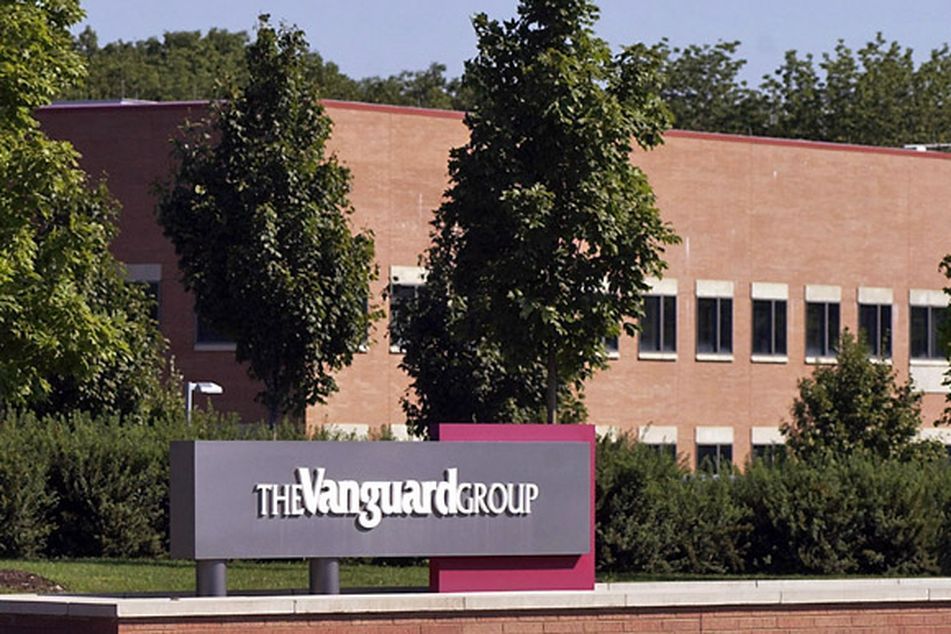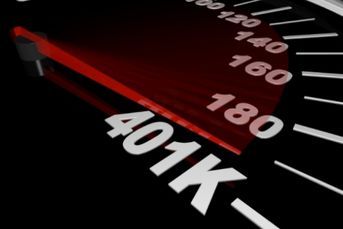In direct challenge to BlackRock, Vanguard set to do the continental

Index specialist Vanguard has set it sights on the ETF market in Europe. BlackRock, already the king of the continent, awaits.
Vanguard Group Inc., the world’s biggest mutual-fund company, plans to start selling exchange-traded funds in Europe this year, betting that the passive, low-cost style of investing that has changed asset management in the U.S. will do the same abroad.
The decision by Vanguard, based in Valley Forge, Pennsylvania, is a challenge to its New York rival BlackRock Inc., which dominates the $332 billion ETF market in Europe. BlackRock, the world’s largest money manager, is forecasting European sales of the funds may grow as much as 30 percent a year. Vanguard last year took the No. 1 spot for U.S. ETF sales.
“Passive investing, in general, is nowhere near as adopted in Europe as it is in the U.S.,” Scott Burns, head of ETF research at research firm Morningstar Inc., said in an interview. “There’s real potential that Vanguard is waiting to tap.”
Vanguard will initially target U.K. financial advisers when it introduces a number of broad-index ETFs registered in Dublin and available to investors across Europe by Dec. 31, said Thomas Rampulla, head of Vanguard’s European operations. The firm expects that two planned rule changes will boost ETF providers, especially those focusing on individual clients, he said.
ETFs and index funds in the U.S. have taken about a fifth of the fund market, attracting investors with lower costs than actively managed mutual funds, tax advantages and easy access to markets and industries. Their market share has risen from 8.7 percent a decade earlier, and they accounted for half of new investments in 2010, according to the Investment Company Institute in Washington.
Catching Up
U.S. ETFs grew 15-fold in the decade ended Dec. 31, while actively managed mutual funds increased by just two-thirds. ETFs now hold $1.05 trillion in assets, including those structured as exchange-traded notes and trusts, according to Morningstar.
Vanguard entered the ETF market in 2001, four years after iShares, which BlackRock acquired through its 2009 takeover of Barclays Global Investors, and eight years behind State Street Corp. While it has slightly more than a third of BlackRock’s $458 billion in U.S. ETF assets, Vanguard was the top seller in the 12 months ended Feb. 28, gathering $40.9 billion, compared with BlackRock’s $32.5 billion. State Street, No. 2 in the U.S. with $244 billion, took in $39 billion.
The firm is hoping to repeat the pattern in Europe, where BlackRock dominates with $108 billion, or 33 percent of the market.
“We’d like to be a global ETF player and our goal is to have a significant presence in Europe, particularly in the U.K.,” Rampulla said in a telephone interview from London. He declined to provide details on how many or what kinds of ETFs the company plans.
Fragmented Market
Europe’s ETF market is more fragmented than in the U.S., where the top three players hold 82 percent of the assets. The same proportion is split among seven competitors in Europe, led by BlackRock and Paris-based Societe Generale SA’s Lyxor Asset Management, whose ETFs had $53.7 billion at the end of February. Frankfurt-based Deutsche Bank AG followed with $50 billion.
Sales of ETFs in Europe may get a lift in 2013, when the U.K. will ban independent financial advisers from taking commissions from fund companies, removing a marketing advantage enjoyed by mutual funds, Rampulla said.
Unlike mutual funds, ETFs are listed on an exchange and trade like a stock. As with stocks, the issuer can’t pay commissions to intermediaries. As a consequence, advisers may be forced to shift to fee-based compensation, where clients pay a percentage of assets managed, providing an incentive to use lower-cost products such as ETFs, Rampulla said.
Expense Ratios
The average expense ratio on actively run mutual funds in Europe is 1.52 percent, compared with 0.77 percent for index funds and 0.45 percent for Europe-based ETFs, according to Chicago-based Morningstar. Vanguard ETFs have among the lowest fees in the U.S. with an average expense ratio that’s less than half the average for iShares there, according to data compiled by Bloomberg.
Another anticipated rule change would make over-the-counter volume across Europe visible to investors, making ETFs more attractive, particularly to large, institutional investors. The European Union’s executive body has proposed requiring the reporting of all ETF trades as part of an overhaul of trading rules, said Chantal Hughes, a spokeswoman for the European Commission in Brussels. The commission intends to issue its final plans this year, she said.
The change may be implemented in late 2012 or early 2013, said Deborah Fuhr, global head of ETF research for BlackRock. Two-thirds of ETF trades in Europe are done over the counter and go unreported, she estimated. That can deter investors who fear they won’t be able to trade in large amounts, and without moving the price, she said.
‘A Virtuous Circle’
“Seeing more liquidity would give institutional and retail investors comfort that they can get in and out of a position,” Fuhr said in a phone interview from London. “And then it’s a virtuous circle. More liquidity begets more liquidity.”
While ETFs registered in Europe hold a third as much in assets as their U.S. counterparts, their reported average daily trading volume is less than one-tenth, according to BlackRock.
Liquidity is more a problem of perception than reality, said Christos Costandinides, an ETF strategist at Deutsche Bank, which owns the db X-trackers and db Etc. fund lines. The change would only raise reported volume and not the actual number of ETF shares traded, he said.
“A lot of people don’t understand how ETFs work,” Costandinides said in an interview. “They are used to looking at stock turnovers to determine liquidity, so they say, ‘This is not very liquid,’ and might hesitate buying.”
ETF Liquidity
Large orders for ETFs, typically 25,000 shares or more, are handled by agents who purchase the underlying basket of stocks, bonds or derivatives and swap them directly with the fund for new fund shares. That means big investors don’t rely on the liquidity of existing ETF shares.
“Most ETF providers spend a lot of time explaining to institutional clients that real liquidity is very much driven by the liquidity of the underlying securities,” said Scott Ebner, head of ETF development for State Street.
The EU’s reporting mandate would have more practical implications for individual investors and the financial advisers serving them because they typically don’t place big enough orders to create new shares. That gives them a greater interest in getting reliable data on volume.
“This is a big deal for the retail market,” Rampulla said. “The on-screen spread is not indicative of what’s really happening,” because so much trading is done outside of exchanges, he said.
Individual investor sales account for as little as 10 percent of European ETF assets, compared with about 50 percent in the U.S., said Deutsche Bank’s Constandinides.
–Bloomberg News–
Learn more about reprints and licensing for this article.






